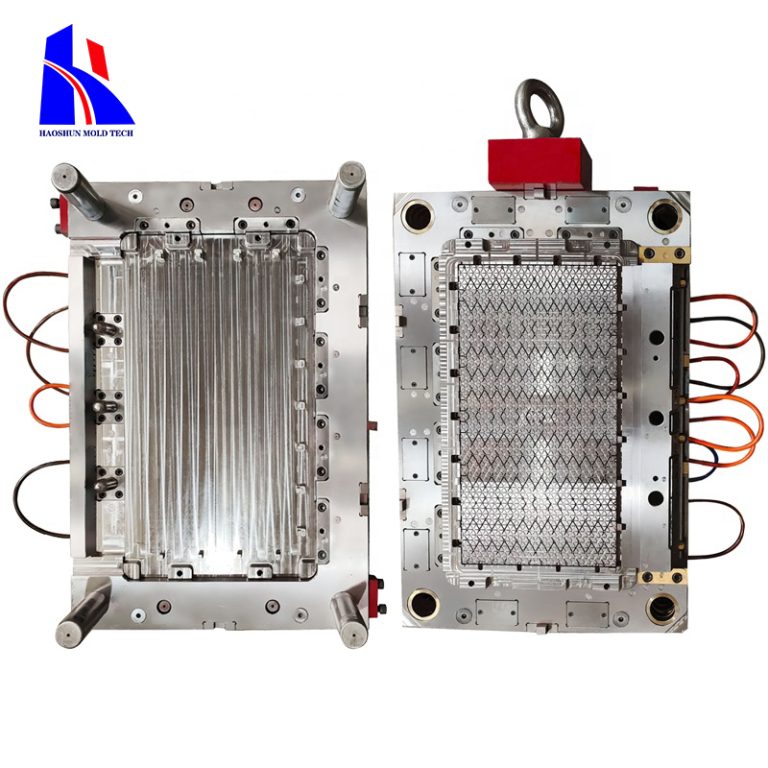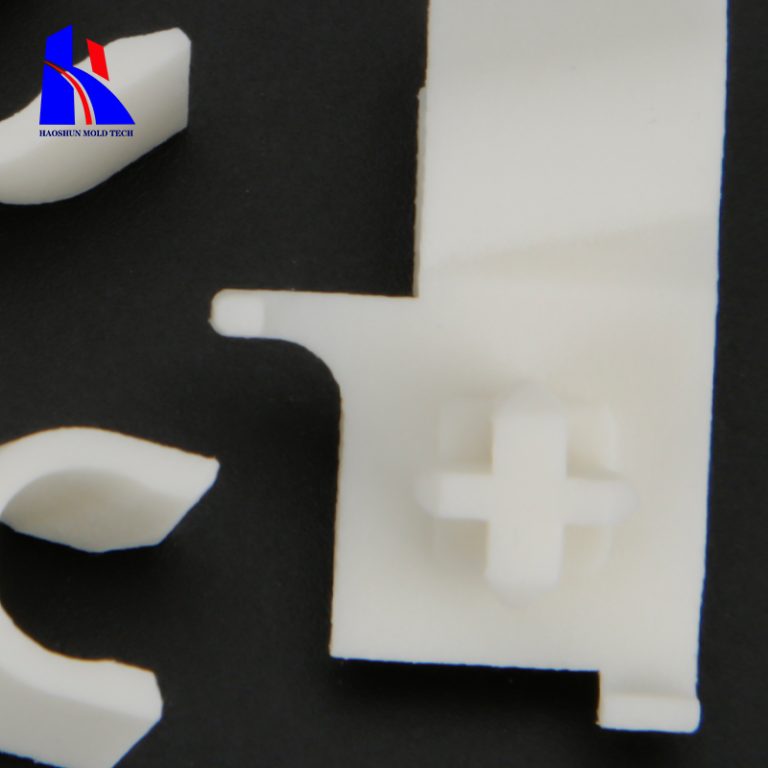prototype product design
Table of Contents
How to Use User Testing to Improve Your Prototype Product Design
User testing is an invaluable tool for improving the design of a prototype product. By testing the product with real users, you can gain valuable insights into how the product works and how it can be improved. Here are some tips for using user testing to improve your prototype product design:
1. Identify Your Target Audience: Before you begin user testing, it’s important to identify who your target audience is. This will help you determine the types of users you should be testing with and the types of feedback you should be looking for.
2. Create a Test Plan: Once you’ve identified your target audience, create a test plan that outlines the tasks you want users to complete and the questions you want to ask them. This will help you ensure that you get the most out of your user testing.
3. Gather Feedback: During the user testing, be sure to ask users for their feedback on the product. Ask them what they like and don’t like, and what they think could be improved. This will help you identify areas of the product that need to be changed or improved.
4. Analyze the Results: After the user testing is complete, analyze the results to identify any patterns or trends in the feedback. This will help you determine which areas of the product need to be changed or improved.
By using user testing to improve your prototype product design, you can ensure that your product meets the needs of your target audience and is as successful as possible.
The Benefits of Rapid Prototyping for Product Designers
Rapid prototyping is an invaluable tool for product designers. It allows them to quickly and accurately create physical models of their designs, enabling them to test and refine their ideas before committing to a final product. Here are some of the key benefits of rapid prototyping for product designers:
| Production Process | 3D Drawing-3D Max-File Conversion-Slice-Printing-Post Processing-Quality Inspection-Packaging-Shipment |
| Price Comparison | Plastic: FDM<SLA<SLS (PA12<PA12+GF)<MJF<DLP (Blue wax<Red wax) Metal: SLM (Stainless steel<Aluminum alloy<Titanium alloy) |

1. Speed: Rapid prototyping allows product designers to quickly create physical models of their designs. This means they can test and refine their ideas much faster than if they had to create a prototype from scratch.
2. Accuracy: Rapid prototyping allows product designers to create highly accurate models of their designs. This means they can be sure that the final product will be exactly as they envisioned it.
3. Cost-effectiveness: Rapid prototyping is much more cost-effective than traditional prototyping methods. This means product designers can save money while still creating high-quality prototypes.
4. Flexibility: Rapid prototyping allows product designers to quickly and easily make changes to their designs. This means they can quickly adapt to changing customer needs and market trends.
Overall, rapid prototyping is an invaluable tool for product designers. It allows them to quickly and accurately create physical models of their designs, enabling them to test and refine their ideas before committing to a final product. This can save them time, money, and effort, while still ensuring that the final product is exactly as they envisioned it.








